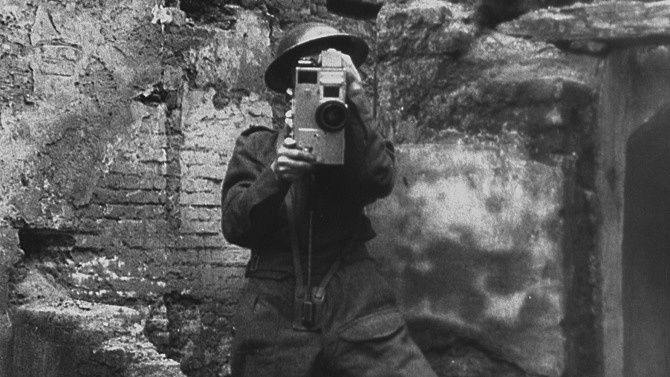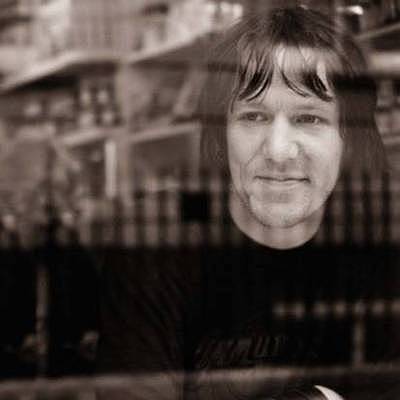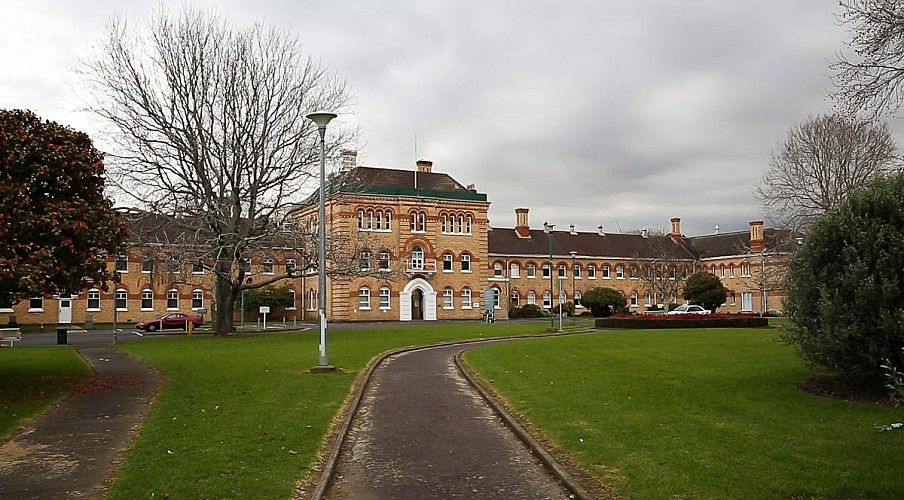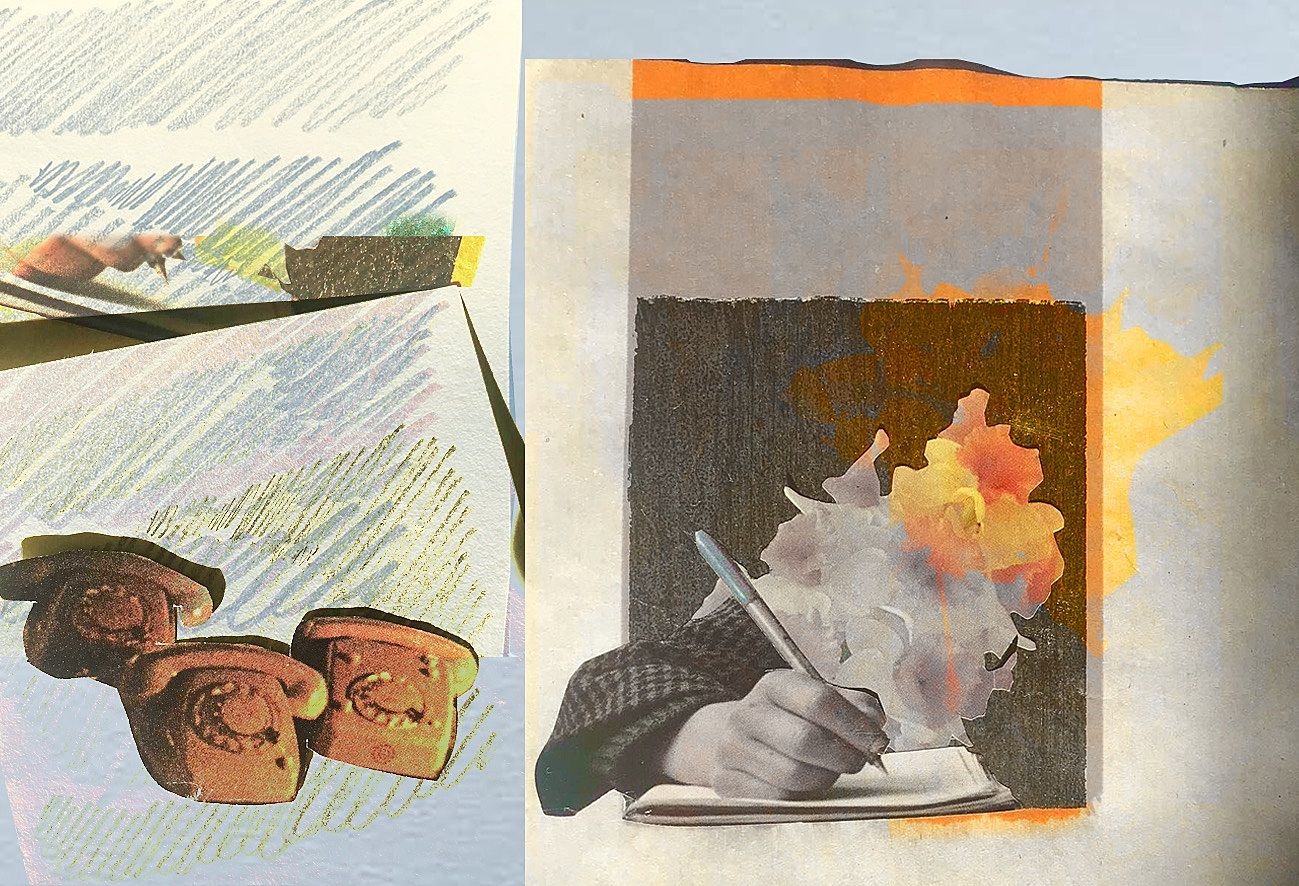The Pantograph Picks: Doc Edge Fest 2015
Hugh Lilly and Joe Nunweek on the best docos at this year's fest
The most frightening experience we had assessing this year's Documentary Edge Festival was actually when we took a look at Australia's Human Rights and Arts Film Festival lineup (it's running at roughly the same time and it's very good) and found an overlap of virtually zero, when you'd assume both organisations were probably out to try and corral some of the best contemporary true stories going. Which is not to discredit either fest - it's more that the barriers to entry have collapsed (cost of tech, options for funding, etc) and the number of worthwhile docos out there has exploded.
With this in mind, we're unlikely to see everything we want to (ever!) Here's what's hopefully a decent range of some of the highlights playing Auckland and Wellington over the next couple of weeks - the big, the lost, the local, the minimal, the long and short of it.
This is the Elliott Smith documentary his fans have been waiting years for. Smith, a folk singer from Portland, Oregon who once described his songs as “little pictures made out of words,” committed suicide in 2006 at the age of 34. His moment in the sun came briefly in 1998, after his song “Miss Misery,” which appeared on the soundtrack for Gus van Sant’s Good Will Hunting, was nominated for an Oscar - but both substantial success and happiness continued to elude him. Smith’s struggles with drug dependence, depression, and alcoholism were major themes in his work, but this film — which began life as a Kickstarter campaign — also explores the brighter, more accessible parts of his personality. The result looks to be a well-rounded and definitive representation. - HL
A Place To Call Home (Whare Tapa Whå)
Much has been made about the post-1970s transition in Anglo countries (the UK, Australia, here) in how we put a roof over those who need it most - from state housing as a civic guarantee to the working class, to state housing as a reluctant and absentee landlord of the long-term unemployed, the disabled, the convicted. That shift is partly one of government priority, and partly one of perception – but in the meantime, over 5,500 New Zealanders at last count sat on Housing NZ’s waiting list. That doesn’t count those taken in by other family, those who are renting privately but would be able to build a sustainable life off the rent subsidies and stability a public tenancy allows, or those who have just given up. The government line for the past 15 years has been that social housing is a matter of managing out the few remaining unfortunates, confounding a demand that is staring policymakers in the face. And everywhere – Auckland, the Hutt Valley, Napier, Whanganui – they really are trying to ‘manage’ those tenants out.
Briar March (There Once Was An Island: Te Henua e Nnoho, Allie Eagle and Me) has turned a documentarian’s eye to what’s happening in Glen Innes – the wholesale dismantling of a community to make way for a new public-private HNZ hub, and the repurposing of what were once homes for life somewhere else. It posits two strong women against each other – Betty Kanuta of the Tamaki Housing Group, and architect Fleur Palmer, who is using Glen Innes’s homes to build a new community in Kaitaia with He Korowai Trust. Without becoming didactic itself, March’s film lets viewers make up their own mind about what’s happening to social housing in this country. - JN
In the immediate aftermath of the Second World War, the British government ordered its army’s Film and Photographic Unit to document the atrocities at recently liberated concentration camps. The harrowing and controversial result was the bureaucratically named German Concentration Camps Factual Survey. It had been produced by Sidney Bernstein, who would go on to found Grenada Television, and he had enlisted the help of none other than Alfred Hitchcock. In 2008, the Imperial War Museum in London began restoration work on the film, which had been all but forgotten; now, a meta-documentary has been made about the creation, reemergence, and lasting political impact of the Survey. The new film takes its title from a powerful line of narration in its subject: “Unless the world learns the lesson these pictures teach, night will fall.” - HL
For the past decade, Richard Sidey, an independent filmmaker from Wanaka, has been travelling the world photographing wildlife in polar environments. Speechless is the gorgeous-looking result of these trips. As its title suggests, the production is “a non-verbal visual meditation on light, life, loss and wonder at the ends of the globe.” It runs under an hour, but its screenings are rounded out by two local shorts, both of which have intriguing premises: in The Characteristics of C-minor, a pianist “confronts and resolves his past demons through music,” while The Secret World of Tim explores the making of a circuit board. - HL
Extravagant cinematic portraits of haute cuisine chefs and so-called ‘foodies’ seem to be a dime a dozen these days, and only a few of them (such as Jiro Dreams of Sushi) can be said to be masterful in their execution. Fewer still have a truly interesting story to tell. For Grace, about the Chicago chef Curtis Duffy, appears to present a unique story superbly well. Duffy, who at 37 is now head of a three-star Michelin restaurant, was a troubled and disaffected teen who recognised and developed his innate culinary talents only after a teacher realised them first and encouraged him. Mark Helenowski’s documentary journeys “from tragedy to opening night at one of the world’s most acclaimed restaurants.” - HL
I was only 9 when I went into Building One for the first time. It was one of those Saturday morning three-hour weekly children’s performing arts things – a thrill ride for the extroverts, an exercise in terror for the terminally shy, interminable for anyone in between who just wanted to be home on the Sega (me). At some stage I went wandering with a bigger kid. We got lost in this dark room that suddenly felt very far from where we’d set out, and there were suddenly sockets and gutted switches on all four walls, and the ceilings. They electrocuted crazy people in chairs in here, the older kid told me, to try and fix their heads, and it was one of those moments where the nominally 'scary' parts of being a child (they could still be here) give way to a deep sense of melancholy (they were here).
I’ve had a long relationship with the building since – often working in it the year after I’d graduated, when it was the main building for Unitec’s architecture programme. But before that it was Carrington Psychiatric Hospital, and before that, it was the Whau Lunatic Asylum. The Unitec facilities managers called it “The Warren” - laptops and architecture gear worth thousands still get stolen every week, and staff and students bemoan how easy it is to get in when there are still people alive who can remember just wanting to get out.
Bertie Plaatsman’s Building One is a short film (just under half an hour), but I’m really looking forward to getting to see how she tackles the history of the building and how she captures its twisting, disorienting space. She’s a trusted pair of hands – Close To Home, her winner of the Documentary Edge Festival last year which can be viewed here, is also an immensely moving keeper. - JN
Documentary Edge Festival 2015
Auckland: 20 May - 1 June
Wellington: 3 June - 14 June




